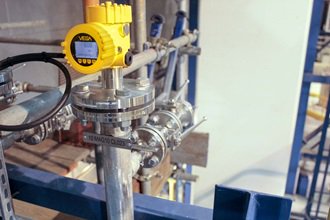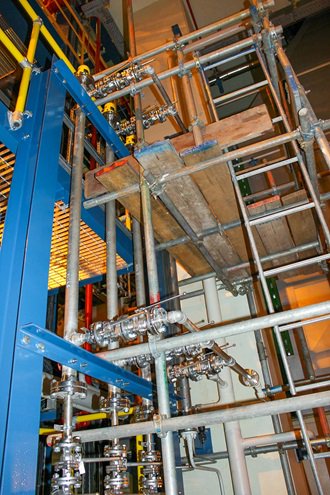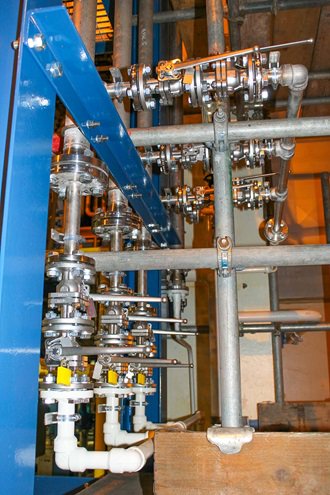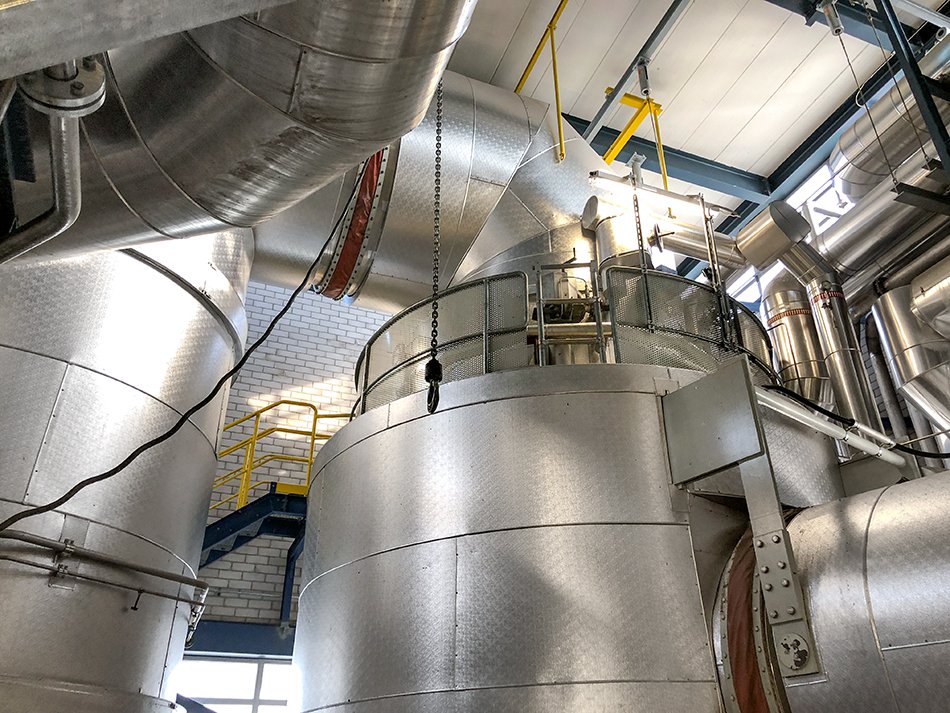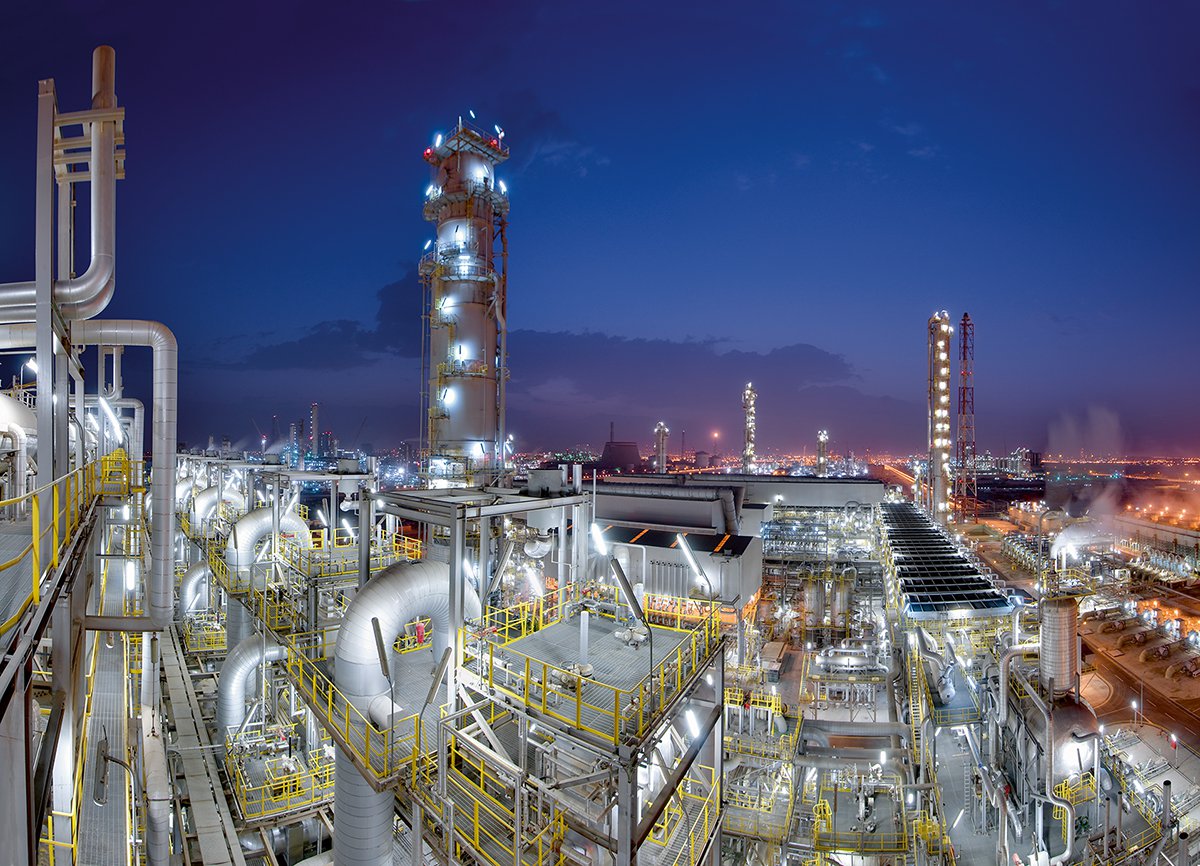Power Plant in balance with VEGAFLEX 81
Achieving high efficiency is not always easy, especially in the power generation sector. Tiny differences in temperature and pressure can cause the carefully crafted balance between steam pressure and temperature to fluctuate, resulting in a loss of valuable reliability and efficiency. This was the case in a power plant near Southampton, which made it necessary for the operator to seek a more reliable and accurate level measuring system. The existing systems installed on site – a very complex, but common solution for measuring condensate in this type of plant – were anything but simple.
Marchwood Power operates a natural gas-fired, combined-cycle power plant in Marchwood Industrial Park, right next to the River Test. A total of 380 million UK pounds were invested into a plant that generates 900MW of electricity for the national grid. That’s enough to supply nearly one million households. The plant is one of the most efficient power plants in the UK.
Pressure instrumentation by VEGA makes the difference
The challenge: The use of a differential pressure gauge in this application is extremely complex due to the interconnected piping, valves, rotameters and condensate tanks. The system upkeep was both complex time consuming, keeping the condensate in the pots and LP piping all at the same level and maintaining the calibration of the differential pressure transmitters.
For that reason, Marchwood Power sought a new solution that would be more reliable, more accurate and require less maintenance, to ultimately increase plant availability. They also wanted to continue using the 2-out-of-3 selection circuit for safety.
Precise measurement results in bypass tubes with VEGAFLEX 81
Inter-connecting pipes from the condenser with three VEGAFLEX 81 guided wave radar transmitters in bypass tubes.
There were other advantages in addition to reducing maintenance costs: Marchwood Power got what it had been looking for; a reliable, and above all simple, measuring system for determining the level in the condenser. Additionally, the overall costs turned out to be significantly lower than those of the differential pressure transmitter system that was originally used.
Products
Export this article
Download as PDFShare this article
Comments ({{comments.length}})
{{getCommentAuthor(comment, "Anonymous")}} {{comment.timestamp | date : "dd.MM.yyyy HH:mm" }}
{{comment.comment}}

